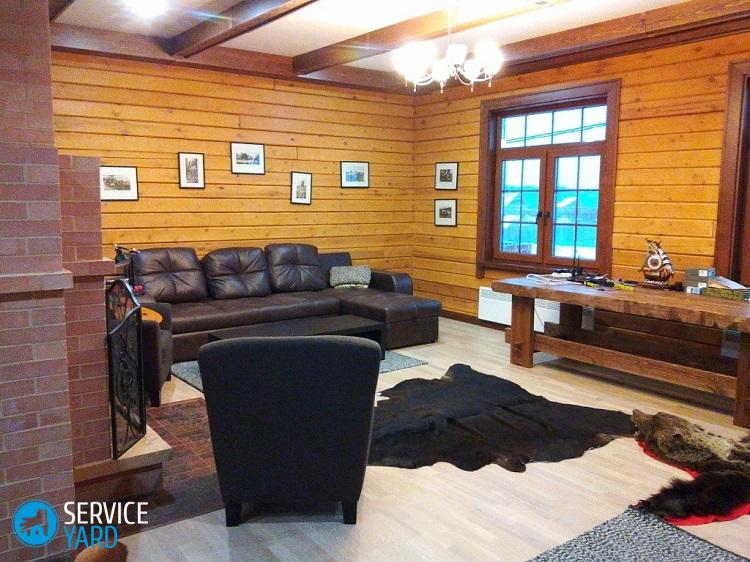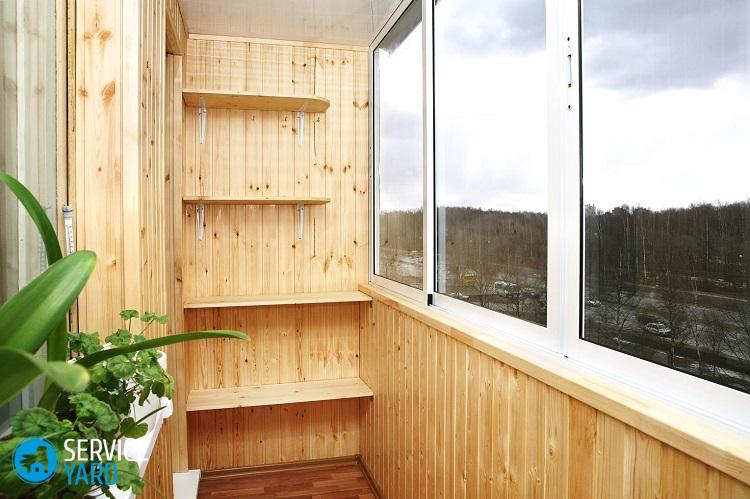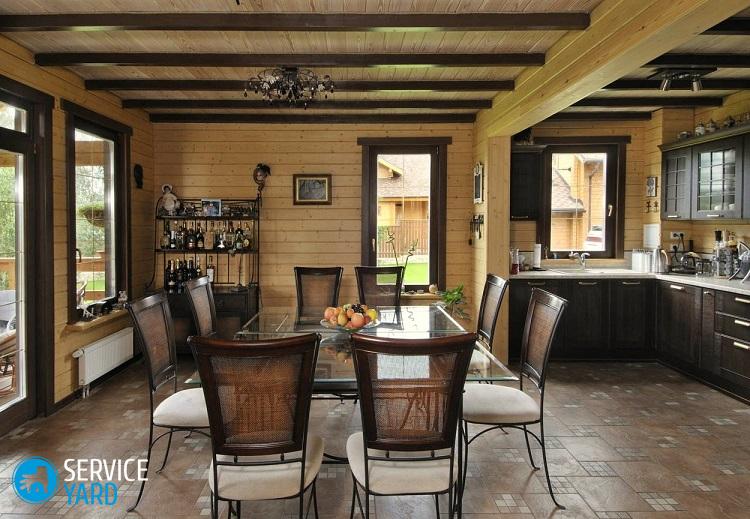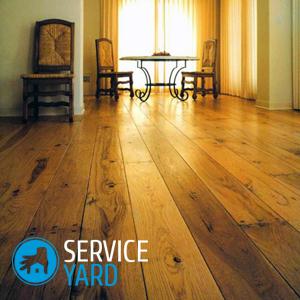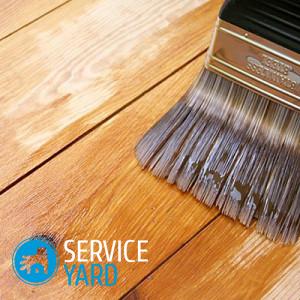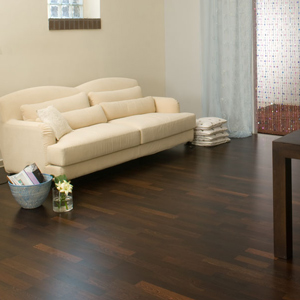Oil for wood for interior use
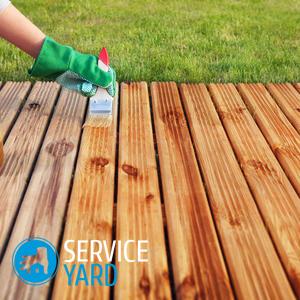
Wood is one of the most common materials. Many craftsmen, having the necessary tools, try to make furniture on their own. The tree looks very beautiful, in addition, it is environmentally friendly. At the same time, the material is rather capricious and requiring care. Without special treatment, wood is rotting, cracking and cracking. Using special wood oil for interior use, this problem can be solved. There are several types of such compounds. We will consider them in the article in more detail. You can buy a composition in a building materials store or cook it yourself.
to contents ↑What is protection for?
Not very experienced craftsmen often neglect the protection of wooden objects. This leads to numerous problems. For example, everyone knows the hygroscopicity of wood. Absorbing water, the material begins to crack and rot. Given the high cost of wood and the complexity of manufacturing interior items, such consequences will not please anyone. For this reason, you need to take time to protect the product.
The most popular protective compounds are wax and oil. They help to successfully resist factors such as the appearance of rot, mold or fungus. In addition, the protective coating makes the material stronger. Product life is extended.
to contents ↑The use of oil for wood processing
For the treatment of wooden surfaces, the following types of oils are used:
- Tick.
- Flaxseed.
- Tung.
- Tar.
Useful properties of wood processing oils include:
- Antiseptic effect.
- The ability to deeply penetrate the structure of the material.
- Giving wood elasticity.
- Drying protection.
- Environmental Safety.
The oil composition does not clog the pores of the tree. The “breathing” properties of the material are not disturbed. This helps regulate the degree of humidity.
to contents ↑Important! Sunflower oil is not recommended. Although, as they say, in extreme cases, this option is also suitable. The low suitability for wood processing is due to the low concentration of polyunsaturated fatty acids. The same goes for olive oil.
Wax application
This is one of the oldest ways to protect wood, used by our great-grandfathers. Wax, like oil, penetrates perfectly into wood pores. The surface looks matte. However, wax also has a drawback: it clogs the pores of wood, which is why it does not “breathe” at all.
to contents ↑Important! Masters advise not using a pure wax composition, but adding a little oil to it (flaxseed is the most affordable option). It is advisable to add turpentine to the mixture.
Special tool
Optimal for wood sheeting is a special wood oil for interior use. Its benefits include:
- Ecological cleanliness.
- Beautiful appearance of products.
- Pleasant to the touch, “velvety” surface.
- Easy to apply.
- Affordable cost.
- The possibility of restoration of the surface.
Important! Do not forget that before applying any protective agent, carefully prepare the surfaces. Depending on the stage of construction or repair, use our following tips:
There are also disadvantages:
- Highly demanding care. The frequency of finishing with subsequent polishing is once every 4 months.
- Oily spots are visible on the treated surface, which can be removed by re-applying the impregnation.
to contents ↑Important! You can use oil impregnation even for expensive types of wood.
Impregnation Algorithm
Processing wood with linseed or other oil can be done in two ways:
- Soaking. This method is used only for small items - utensils, decorative items, etc.
- Rubbing or smearing.
Let's consider both methods in more detail ..
Oil wood preparation
Before oiling, the surface must be carefully prepared. If this is a brand new, only recently completed product, the surface is sanded. For this, sandpaper of a fine fraction is used. If the surface was previously covered with something, it is much more difficult to oil it. In this case, they act according to this algorithm:
- Get rid of the remnants of old paint or varnish. To remove, use a metal brush or spatula. If it is not possible to get rid of the old coating, then a building hair dryer is used.
- Sand the surface in several stages, using sandpaper with different sizes of abrasive coatings - from large to small. A surface is considered to be qualitatively sanded, if during handling it is not felt any irregularities.
- Clean the surface of dust with a soft textile or brush.
Smearing
The oil is applied to the surface with a soft cloth or brush with natural pile.
Important! You can use the brush only for a small area. If we are talking about large surfaces, then apply textiles.
Procedure:
- Stir the composition, pour the right amount into the dishes.
- Wet the rags and treat the surface. The direction of movement is along the wood fibers.
- After the treatment is completed, allow the surface to dry for about half an hour.
- Remove the remaining oil with a clean rag.
Soaking
Soaking is only suitable for small items. The oiling process is extremely simple: an oil composition is poured into a clean container, and a cleaned product is placed in it. The exposure time is not limited.
Important! It is recommended to keep the product in oil until all bubbles disappear on the surface.
At the end of the impregnation, the product is placed on a paper sheet in an inclined state. After there is no excess oil left on the surface, the wooden thing is wiped with a clean rag and left to dry.
to contents ↑Important! When used for oiling pure linseed oil, the drying time is 2 weeks. The use of an oil-wax mixture significantly speeds up the process.
Stock footage








The technology of oiling the tree is very simple. At the same time, oil impregnation compares favorably with factory technologies in that the substances used are completely harmless to health.





